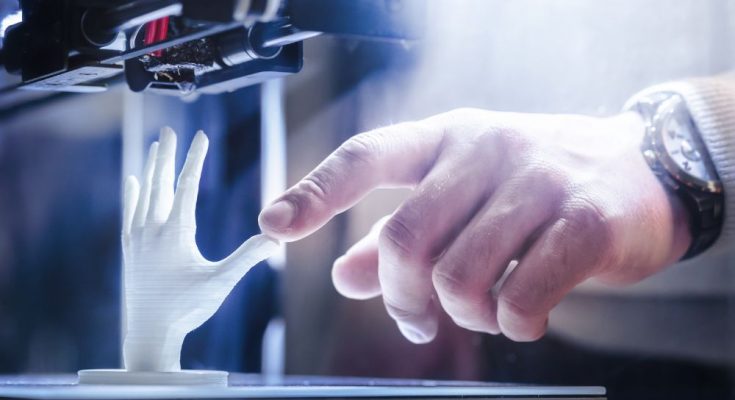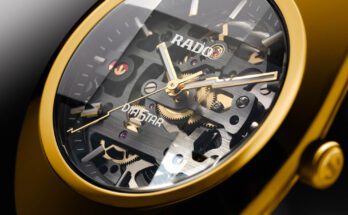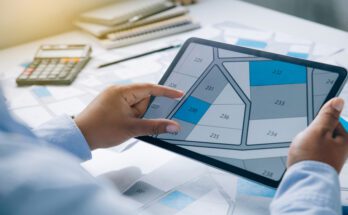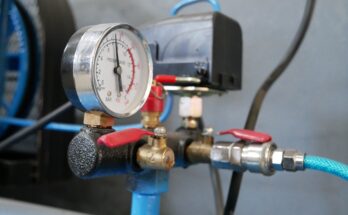With 3D printing, architectural flexibility is possible. It allows consumers to implement complicated ideas more quickly and affordably than traditional production procedures. While there are surely many preexisting designs, you may benefit from this amazing technology by making your own unique files. You can create complex shapes with 3D printing, and the majority of designs will work. Having said that, you do need to keep a few things in mind when designing that will help the printing process go much more smoothly. Here are the three best tips to help you design your 3D prints perfectly.
Get Your Clearances Right Where You Want Them
This stage is crucial if you want to design mechanical pieces that fit together properly. 3D printers are often less exact than other production methods, yet no equipment is completely accurate. This implies that in order to ensure a fit, the pieces you design must have the appropriate clearances or gaps between them. For example, if your mount must retain a bearing, the bearing hole you design should be a little bigger than the bearing itself. Then, the bearing will still fit even if the print has a few minor imperfections on its surface.
Factor in Any Overhangs You Might Have
The process of 3D printing builds up items layer by layer. Due to deformation or separation from the rest of the model, features suspended in midair don’t fair so well. The solution? Support systems. In order to keep the printed object’s intended shape, they support regions with overhangs. Varying 3D printing techniques require different levels of support. In contrast to SLS printing, which may print using a plastic powder that also serves as a foundation, SLA printing nearly always requires supports. The shape of the model determines whether supports are necessary in FDM, the most often used technique, which significantly affects printing and post-processing times.
Consider the Material
Knowing the 3D printing process that you’ll employ will also help you understand the materials you have at your disposal. Different materials each have their own special characteristics, much like printers. Consider including these qualities in your model’s design. For example, ABS plastic is prone to warping during FDM printing. Therefore, the base of your design has to be sufficiently large to remain affixed to the build plate. Consider leaving out minor characteristics because flexibles don’t perform well with specifics. Thinking of these factors will reduce the likelihood of print failure.
We hope you have enjoyed our recap of the best tips to help you design your prints perfectly. Remember that these tips will greatly improve your design when printing things like wearables or final production parts.



